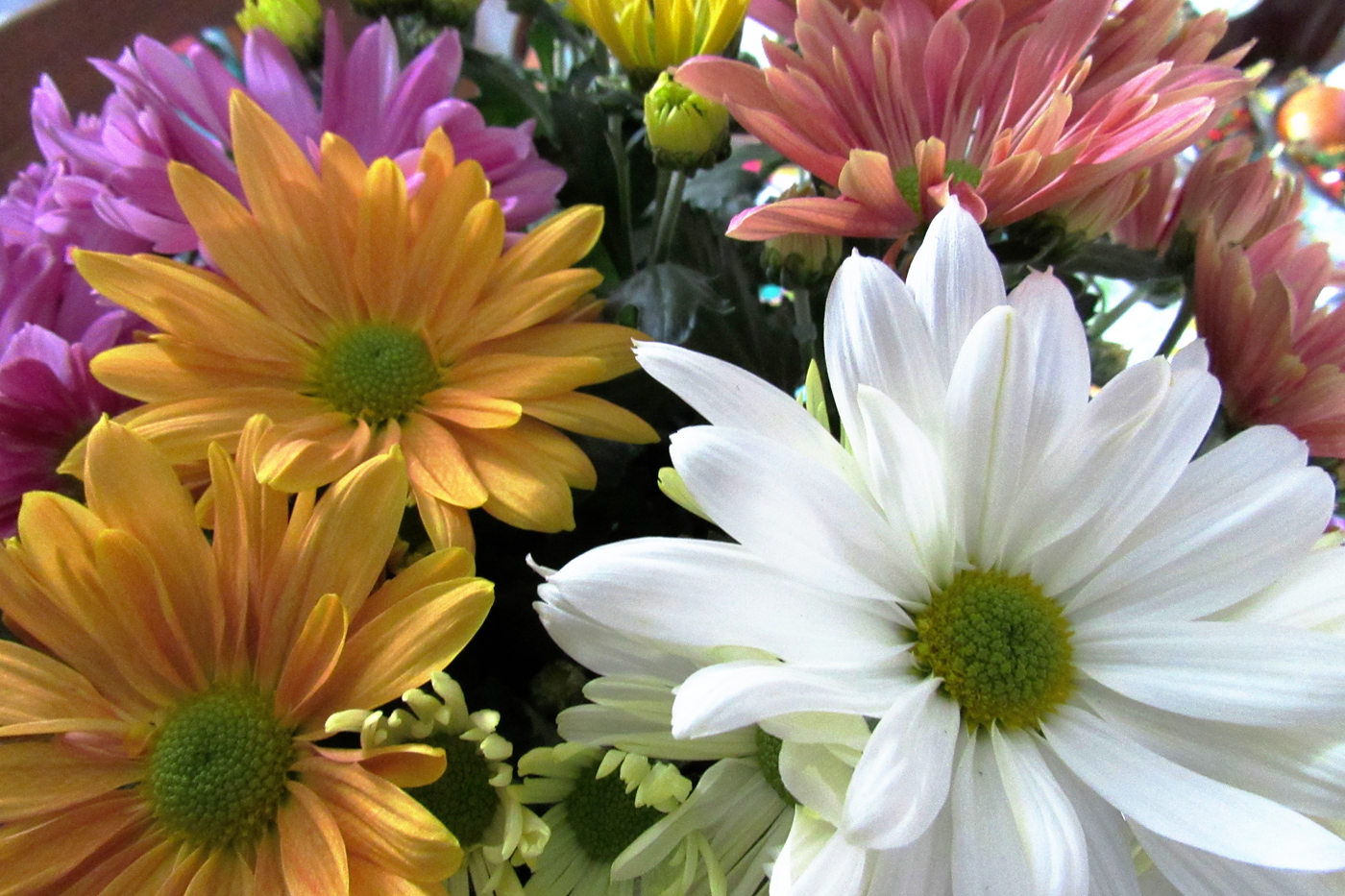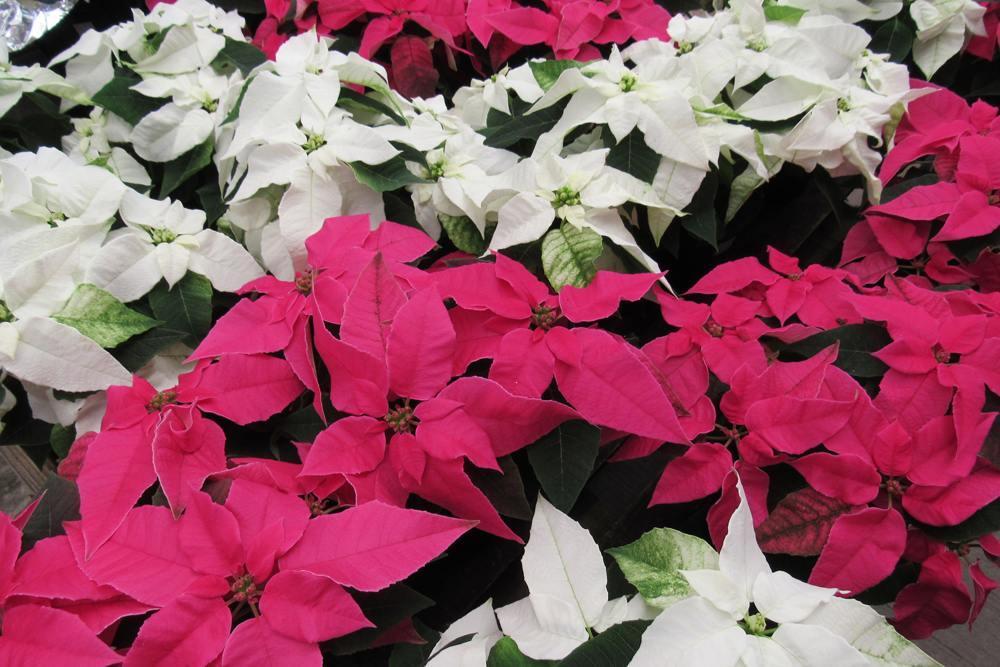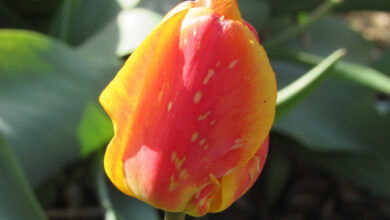Caring for Easter Plants

I hope you purchased or received some potted plants over the Easter holiday. With the ever-changing early spring weather, it’s always nice to have colorful plants to look at – even if it’s only inside – before the growing season really gets underway.
The Easter Lily is likely one of the most popular potted plants for this time of year. I usually end up buying mums and hyacinths, but my church typically gives away the lily plants used to decorate the altar after they have bloomed.
The Easter Lily – Lilium longiflorum – has elegant trumpet-shaped white flowers symbolizing purity, virtue, innocence, hope and life. The bulbs are remarkably hardy so you can plant them in your garden after enjoying them inside.
While they are still inside, remove the yellow anthers from blooms before the pollen begins to shed. This will protect your home, clothing and the flowers from being stained by the yellow pollen as well as lengthen flower life.
When transplanting outside, choose a sunny location and water as needed. You can fertilize with a slow-release fertilizer every six weeks. The lilies like a well-drained location. If you are concerned about drainage, raise the garden bed by adding good soil and organic material.
Easter Lily bulbs should be planted three inches below ground level, 12 to 18 inches apart. Make the hole big enough to spread the roots out and down. As the plants begin to die back, cut stems back to the soil surface and watch for new growth. The plants might re-bloom later in the summer, but you may have to wait until next summer to see them bloom again. The potted plants we buy at Easter have been forced into bloom under greenhouse conditions in March. Like other lilies, they naturally bloom in the summer.
Also like other lilies, the Easter Lily appreciates some shade for its roots and its head in the sun. Mulch your lily plants or consider a living mulch with an underplanting of low growing annuals or perennials.
Any potted Easter plant – lilies, mums, azaleas, hydrangeas, and spring bulbs, need similar care while they are still inside. Watch your watering. Larger plants will dry out more quickly, especially with dry inside conditions, but overwatering can be very detrimental. Check your pots every day. Water when soil is nearly dry to the touch. Remove pot coverings and place in the sink to water, making sure the pots have drained well before setting them back in the sleeve.
Don’t mist the plants, it can cause foliar disease. Place the plants where they will receive indirect sunlight.
Greenhouse azaleas may not survive the winter if planted outside – try keeping them in pots and bringing them back inside after the summer. I usually cut-back and plant my mums and they often re-bloom late in the season, but they can be discarded after flowering. Hydrangeas can be planted outside after removing spent flowers, and spring bulbs can also be planted in your yard, but it may take a season or two for them to re-flower.





